Creating Memorable Brand Activation Events: A Guide to Engaging Your Audience

Once upon a time, in a bustling city center filled with potential customers, a local startup decided to launch a product in a way that would stick in the minds of its audience forever.
Quick Summary
In a bustling city, a local startup transformed its product launch into a memorable brand activation event by focusing on audience engagement rather than traditional advertising. They tailored immersive experiences, such as a Superhero Training Camp for children, creating emotional connections that fostered loyalty. Through clear objectives, strategic use of social media, and effective follow-up, the company enhanced brand recall and offered an engaging, interactive experience. Measuring success
Instead of opting for the usual advertisements or online promotions, they took a different route — they created an experience. This story is about how that company, through creativity and strategic planning, turned a simple product launch into a brand activation event that captured the essence of its brand and created lasting relationships with its audience.
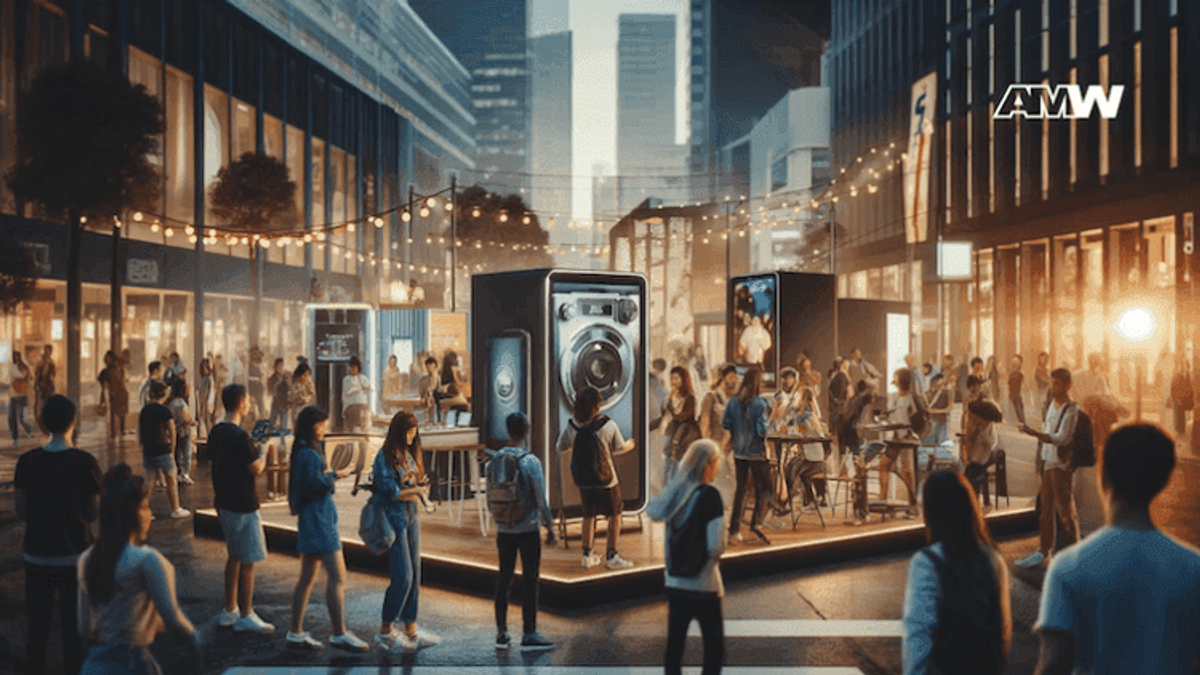
In the world of marketing, brand activation events are powerful tools. They transform a product or service's theoretical appeal into a tangible, interactive experience that resonates deeply with consumers. The key to success is creating memories and emotional connections that transcend the event. Here's how you can do it.
Ready to Grow Your Business?
Get a free consultation and custom strategy tailored to your goals.
Understand Your Audience

Gaining a strong understanding of your audience is the first step and arguably the most crucial one in planning any brand activation event. This goes beyond merely collecting demographic data such as age and geographical location; it involves delving into the psychographics—understanding their behaviors, preferences, and daily challenges. It's about uncovering what motivates them, their values, and what they aspire to achieve or experience.
For instance, consider a scenario where your target audience is comprised primarily of technology enthusiasts who are always looking for the latest innovations. To captivate this group, plan an event that features an interactive virtual reality (VR) game night. This approach does more than showcase new technology; it actively engages the audience in an environment that reflects and amplifies their interests in cutting-edge tech and immersive experiences.
Moreover, by aligning the event theme with your audience's core interests, you ensure that the attendees are genuinely interested in the activities and speaking their language. This isn't just about technology; it's about embracing a culture of innovation and forward-thinking that resonates with them on a deeper level. Such strategic alignment helps to ensure that the event leaves a lasting impact, enhancing recall and creating an experience that attendees will associate with your brand long after the event concludes.
Understanding your audience in this comprehensive manner allows you to craft events that are engaging on the surface but also deeply satisfying for attendees, meeting them where they are and elevating their expectations of what your brand can deliver. This targeted, thoughtful engagement is what turns ordinary events into can't-miss experiences and transforms casual attendees into loyal brand advocates.
Set Clear Objectives
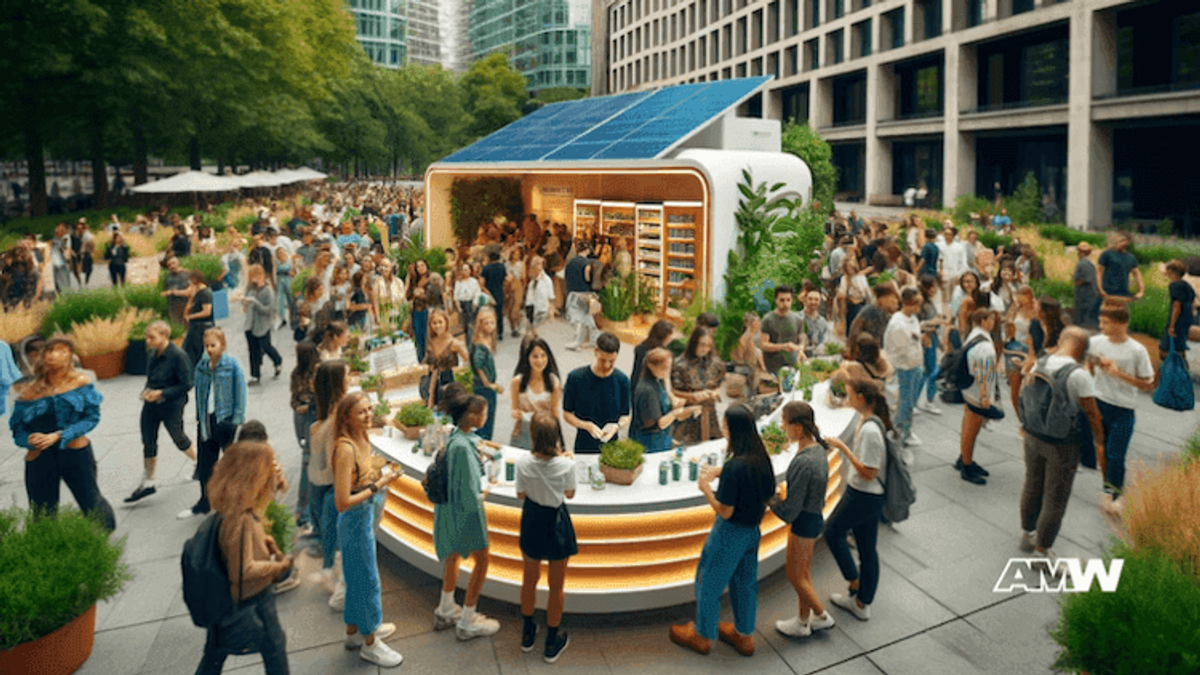
Setting clear, specific objectives for your brand activation event is a fundamental step that directly influences its overall success. The goals you establish will shape every aspect of your event, from the choice of venue to the types of activities and interactions that will occur. These objectives need to be well-defined and aligned with your broader business goals—whether that's increasing brand awareness, enhancing customer loyalty, or driving direct sales.
For instance, a health food brand aiming to boost customer loyalty might create a pop-up kitchen event. This setup does more than showcase products; it offers an interactive experience where potential customers can engage directly with the brand in a dynamic and memorable environment. By allowing them to taste and experience the products firsthand, the event demonstrates the product benefits and educates consumers about the brand's values, such as health, wellness, and quality.
Such events can effectively weave a narrative highlighting the brand's commitment to these values, fostering a deeper connection with the audience. Cooking demonstrations and free tasting sessions provide an excellent platform for storytelling, allowing the brand to convey its mission and dedication to quality directly to consumers in a relatable and engaging way.
Moreover, setting clear objectives helps create measurable metrics, crucial for assessing the event's effectiveness after its conclusion. Whether it's through tracking attendance numbers, engagement rates, or sales figures, having these specific goals allows you to quantify success and gather valuable insights. This data is essential for evaluating the ROI of the current event and serves as a critical resource for refining strategies and planning future activations more effectively.
Ultimately, clear objectives ensure that every element of the event is purpose-driven, enhancing the overall coherence and impact of the experience. By meticulously planning with these goals, you can ensure that your brand activation resonates with the audience, achieves your desired outcomes, and strengthens your market position.
Create an Immersive Experience

The cornerstone of any memorable brand activation is its ability to immerse and engage its audience in a uniquely compelling way. An immersive experience goes beyond simple participation; it envelops attendees in the brand's world, making the interaction unforgettable. This is particularly effective when the brand activation taps into the imaginative powers of its audience, such as a children's book publisher introducing a new superhero series.
An imaginative and highly engaging idea for such a publisher would be to set up a "Superhero Training Camp." This concept is not just about presenting the book series; it's about creating an environment where kids can physically step into the roles of their favorite characters. At this camp, children could participate in activities that mirror the adventures of the superheroes in the books. These could include obstacle courses, puzzle-solving games that require them to think like detectives, or creative tasks that involve crafting their superhero gear.
Alongside these interactive elements, including branded merchandise—like capes, masks, and action figures—adds a tangible connection to the experience. Children could take these items home, extending the engagement beyond the event and deepening their affinity for the brand.
Moreover, meeting the characters from the books in real life would be a thrilling experience for the attendees. This face-to-face interaction can transform the characters from mere concepts in a book to real-life heroes in the eyes of the children, further solidifying their connection to the narrative and the brand. These characters could lead the activities, help children navigate the camp, or gather the kids for story times where new adventures are introduced, making the narrative even more engaging.
Creating an immersive environment requires meticulous planning, from designing the space to reflect the book's setting to training the actors who play the superheroes. Every detail counts towards crafting an experience that feels authentic and enchanting.
This approach to brand activation leaves a lasting impression on the young attendees and their parents, who are likely to appreciate the creative effort and see the brand as an enrichment of their children's imaginations and ethical values. Consequently, the experience fosters immediate excitement and long-term brand loyalty and advocacy among families.
Leverage Social Media
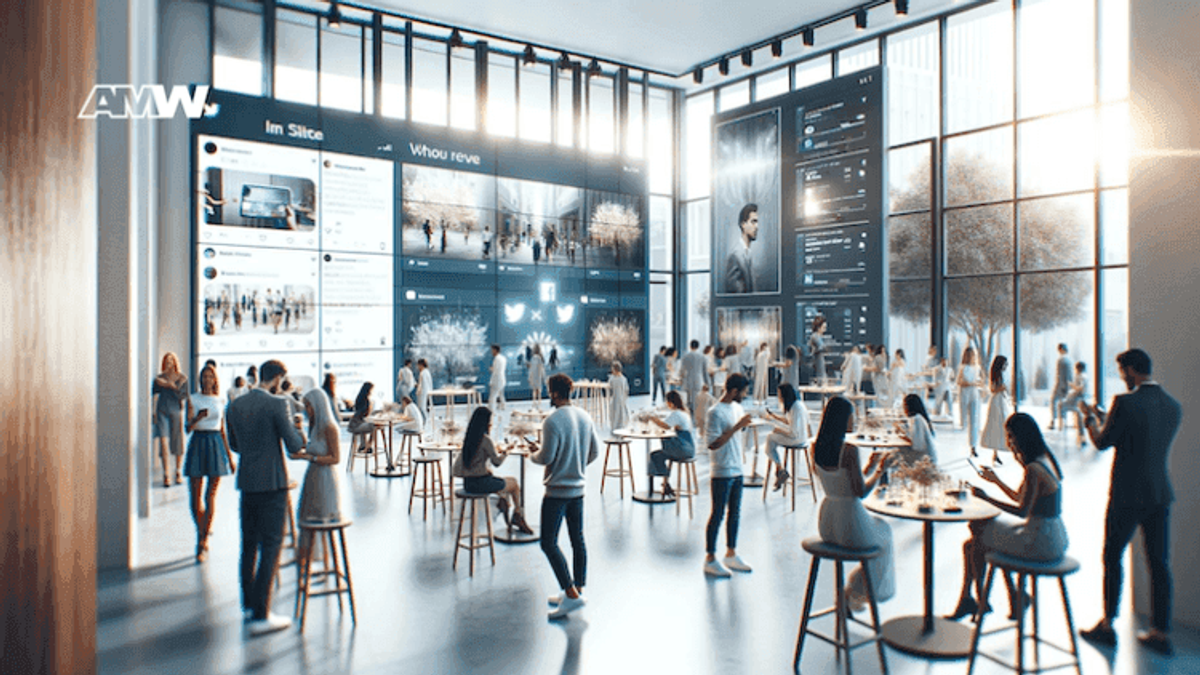
Social media is an invaluable extension of any brand activation event. It amplifies the reach of your event and enhances engagement both during and after the event. The key to effectively leveraging social media is to create moments that are so compelling that attendees are motivated to share them with their networks. This not only spreads your message further but is also endorsed by the authentic voices of real participants.
Ready to Grow Your Business?
Get a free consultation and custom strategy tailored to your goals.
Consider a cosmetics brand launching a new line of products. By setting up a glamorous makeover booth complete with professional lighting and stunning backdrops, the brand can create a visually appealing experience that attendees will be eager to capture and share. These booths can be equipped with mirrors framed by branded quotes and hashtags, and attendees can see their transformations in real time, capturing their reactions and the final looks.
The brand might also provide exclusive hashtags that attendees can use to encourage further sharing. These hashtags track the conversation around the event and foster community among participants. Brands can increase interaction by featuring posts from these hashtags in real-time on screens at the event or by offering incentives like a contest where the best-posted photo wins a prize.
Moreover, live-streaming parts of the event on platforms like Instagram Live or Facebook Live can reach those who couldn't attend in person, providing them with a taste of the experience. This strategy also keeps the brand at the forefront of social media feeds, maintaining engagement and interest throughout the event.
By integrating social media strategies into the event, brands can extend their reach and generate authentic content that resonates with a wider audience. This content, generated by users, carries the inherent trust and endorsement of peers, which can influence others far more effectively than traditional advertising methods. Therefore, effectively leveraging social media is not just about broadcasting your event; it's about creating an engaging, shareable experience that extends well beyond the physical boundaries of the event itself.
Follow Up
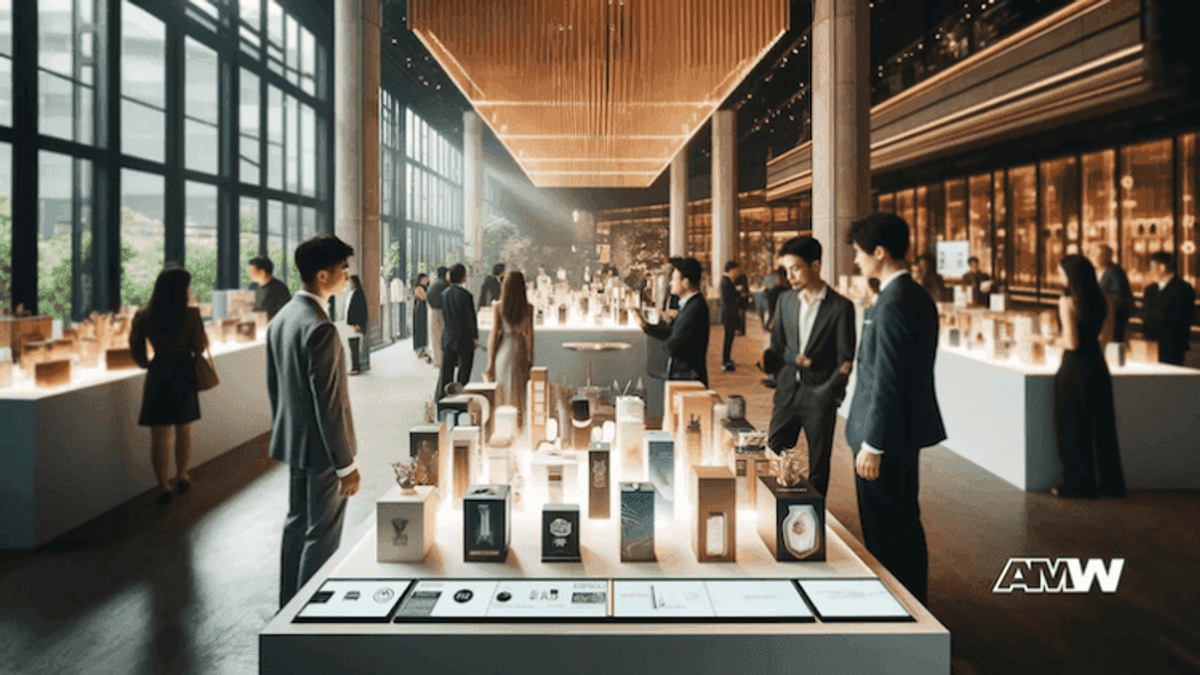
Effective follow-up after a brand activation event is critical to sustaining the momentum generated. This step ensures that the connection with attendees continues to develop, reinforcing their positive experiences and deepening their relationship with the brand. Follow-up actions should be thoughtful and tailored to reflect the engagement level and interests of the attendees, demonstrating that the brand values their participation and feedback.
For example, a furniture brand that hosts a home décor workshop has a prime opportunity to extend the event's lifecycle through strategic follow-ups. After the event, they could email the attendees to thank them for participating. These emails could include professional photos from the event, reminding them of the enjoyable experience, and perhaps even a video recap highlighting key moments.
Moreover, the brand could offer special discounts on items featured during the workshop to encourage further interaction. This would incentivize purchase and tie the attendees' event experience directly to their personal spaces at home, making the brand a part of their everyday lives.
Personalized thank-you messages can also make a significant impact. These messages could mention specific interactions during the event, such as a discussion about a particular piece of furniture or a shared interest in a design style. Such personalized touches show that the brand pays attention to individual attendees and values them as more than just customers.
Additionally, asking for feedback is another crucial follow-up strategy. By sending out a brief survey asking for attendees' opinions on what they enjoyed and what could be improved, brands show that they care about their customers' views and gain insights that can help refine future events and strategies.
Implementing these follow-up techniques helps transform a single event into a continuing dialogue between the brand and its customers, fostering loyalty and enhancing customer relationships long after the event has ended.
Measure Success

To truly understand the efficacy of your brand activation event, systematically measuring its impact against the set objectives is essential. This process involves a detailed analysis of various metrics that provide insights into how well the event performed and what could be improved for future initiatives.
Start by collecting feedback directly from event attendees. This can be achieved through surveys distributed or emailed shortly after the event. Ask specific questions about their experiences, what they found most engaging, and any suggestions they have for improvement. This firsthand information is invaluable as it comes straight from your target audience.
Next, track engagement levels throughout the event. Analyze social media activity, noting event-specific hashtags, mentions, shares, and overall online engagement. Also, review any interactive elements of your event, such as digital check-ins, app usage, or participation in contests and polls. These metrics show how involved and interested participants were during the event.
Furthermore, assess any quantifiable business outcomes, such as increased sales, subscriptions, or followership in the days and weeks following the event. For example, if a new product was launched at the event, track its sales performance relative to expectations and historical data for similar launches. This can help you tie direct financial results back to the event, providing a clear picture of return on investment (ROI).
This collected data serves multiple purposes. It demonstrates the ROI of your current event, confirming whether it met financial and engagement objectives, and guides strategic planning for future brand activations. You can refine your approach by identifying what resonated with the audience and what didn't, ensuring that each event is more successful than the last.
Ready to Grow Your Business?
Get a free consultation and custom strategy tailored to your goals.
In essence, brand activation events are dynamic tools for growing and reinforcing your brand's presence in the market. They are opportunities to interact meaningfully with your audience, making your brand a memorable part of their lives. By effectively measuring the success of each event, you ensure that your brand not only meets the current market needs but continues to innovate and captivate, remaining a relevant and beloved entity in the competitive business landscape.
FAQ: Creating Memorable Brand Activation Events
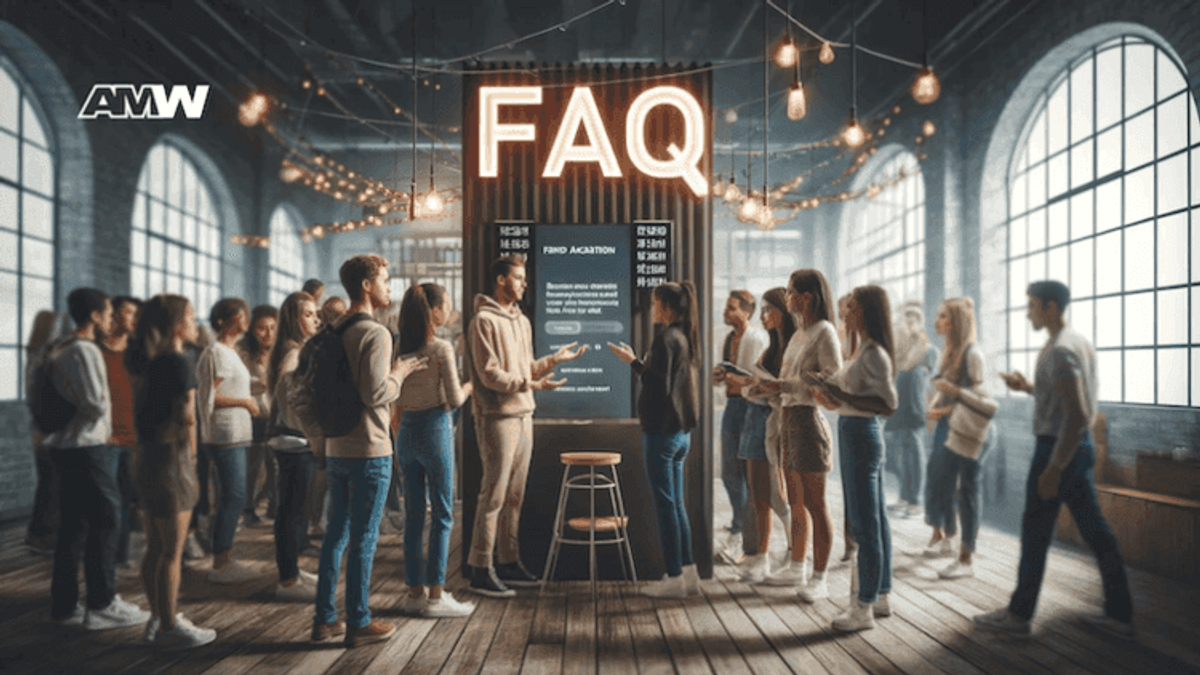
What is a brand activation event?
Brand activation events are live experiences companies organize to engage directly with consumers and create a memorable impact. These events aim to activate a brand in the minds of consumers, making it more tangible and relatable through interactive and engaging experiences.
How long should a brand activation event last?
The duration of a brand activation event can vary based on the objectives and the type of engagement you're aiming for. Events can last from a few hours to a full day or extend over several days. For example, a pop-up shop might last for a weekend, while a special exhibit could last for a month.
How do you choose the right location for a brand activation event?
Choosing the right location depends on understanding your target audience and where you can best engage them. High-foot-traffic areas like city centers, malls, and festivals are great options. Additionally, the location should align with the brand's image and the event's theme. For example, launching a new sports drink at a popular gym or sports facility can create a more substantial impact.
What are some ways to engage participants at the event?
Engagement can be fostered through interactive activities, giveaways, contests, and immersive experiences. VR (Virtual Reality) and AR (Augmented Reality) can also enhance the experience. Always aim for activities that allow participants to experience your brand's value proposition firsthand.
How important is staffing for brand activation events?
Staffing is crucial, as the event staff are the first personal interaction attendees will have with your brand. Having knowledgeable and friendly staff who reflect your brand's values and culture is important. Training staff to handle inquiries, engage with attendees, and manage activities efficiently can greatly influence the event's success.
Can brand activation events be held virtually?
Yes, virtual brand activation events have gained popularity, especially following increased remote interaction. These include virtual tours, online contests, live-streamed events, and more. The key to a virtual event is to make it interactive and engaging to mimic the feel of a live experience.
How do you measure the success of a brand activation event?
Success can be measured by attendance, social media engagement, media coverage, sales, and surveys. Setting these KPIs (Key Performance Indicators) before the event is important to measure outcomes against your goals effectively.

Ready to Grow Your Business?
Get a free consultation and custom strategy tailored to your goals.
Frequently Asked Questions
What is a brand activation event and how does it differ from traditional advertising?
A brand activation event is an interactive marketing experience that transforms a product or service into a tangible, memorable experience for consumers. Unlike traditional advertising that simply displays messages, brand activations create emotional connections through hands-on participation, immersive environments, and direct engagement. These events focus on building lasting relationships with audiences by allowing them to physically interact with your brand, creating stronger recall and deeper emotional bonds than passive advertising methods.
How do you identify the right target audience for a brand activation event?
Identifying the right audience requires analyzing both demographics (age, location, income) and psychographics (behaviors, values, motivations, daily challenges). Research what drives your potential customers, their interests, and aspirations. For example, if targeting tech enthusiasts, create VR experiences that align with their passion for innovation. Use surveys, social media insights, and customer data to understand not just who they are, but what experiences resonate with their lifestyle and values.
What are the essential objectives to set before planning a brand activation event?
Essential objectives should align with your broader business goals and include specific, measurable outcomes like increasing brand awareness, boosting customer loyalty, or driving direct sales. For instance, a health food brand might aim to improve customer loyalty through interactive cooking demonstrations. Clear objectives help determine venue selection, activity types, budget allocation, and success metrics. They ensure every event element serves a purpose and provides measurable ROI for future planning.
How can you create an immersive experience that engages attendees effectively?
Create immersive experiences by designing environments where attendees actively participate in your brand's world. For example, a children's book publisher could set up a 'Superhero Training Camp' with obstacle courses, character meet-and-greets, and take-home merchandise like capes and masks. Focus on multi-sensory engagement, interactive activities that relate to your product, and authentic storytelling. Every detail from space design to staff training should contribute to making the experience feel genuine and unforgettable.
What role does social media play in successful brand activation events?
Social media amplifies your event's reach by encouraging attendees to share their experiences with their networks, creating authentic user-generated content. Design Instagram-worthy moments like professional photo booths, unique backdrops, or interactive installations that naturally motivate sharing. Use event-specific hashtags, live streaming, and real-time social media walls to extend engagement beyond physical attendees. This strategy transforms participants into brand advocates while expanding your event's impact exponentially through organic social sharing.
How do you measure the success of a brand activation event?
Measure success through both quantitative and qualitative metrics aligned with your initial objectives. Track attendance numbers, social media engagement rates, hashtag usage, lead generation, and direct sales conversions. Conduct post-event surveys to gauge brand perception changes, emotional connection levels, and purchase intent. Monitor long-term metrics like customer retention, brand recall studies, and ongoing social media mentions. Use tools like event apps, QR codes, and registration data to capture comprehensive analytics for future planning.
What common mistakes should you avoid when planning brand activation events?
Avoid failing to understand your target audience deeply, setting vague objectives, and creating experiences that don't align with your brand values. Don't overlook logistical details like venue capacity, technical requirements, or staff training. Avoid making the event too sales-focused rather than experience-focused, neglecting social media integration, and failing to plan for post-event follow-up. Ensure you have clear success metrics established beforehand and adequate budget allocation for both execution and measurement activities.
Related Articles

10 Creative Concepts for an Activation Event
Creating a memorable experience at an activation event is essential for building brand loyalty and enhancing participant engagement.

Creating a Communications Plan: The Key to Effective Outreach
More than having a great product or service is required in any business. To truly succeed, effective communication is indispensable. It is the foundation on which you build your business relationships

PR: Crafting a Public Relations Strategy
Planning a successful public relations (PR) campaign often involves a well-crafted strategy that can potentially influence a company's success. Whether for a corporate announcement, nonprofit initi